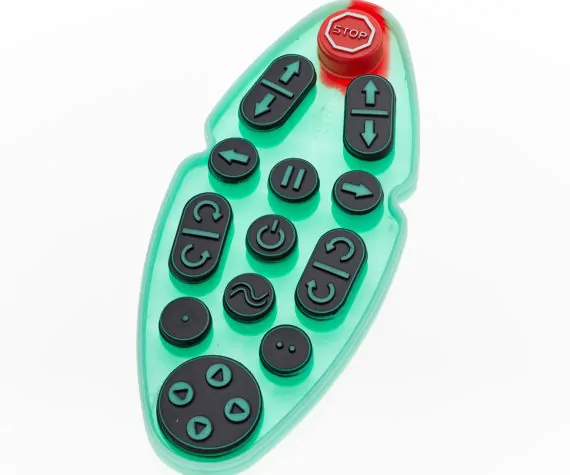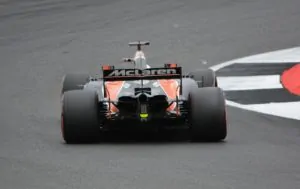Banging the rubber drum

Rubber has a key function in almost every product or industry and without rubber mouldings, our lives would be so much more challenging.
Rubber has a key function in almost every product or industry and without rubber mouldings, our lives would be so much more challenging. Here are some examples of where the rubber is used to great effect.
Rubber seals performance
Consider a humble Viton or Nitrile seal. Invisibly, maintaining a seal. A rubber oil seal will be subjected to compression, high temperatures and oils and other liquids. It maintains its integrity, and usually will never need be disturbed during the life of the unit.
Silicone keypads remote controls
Your humble TV Remote Control is a frequently used device and the silicone rubber keypad that extends past the fascia must perform repeated operations without failure. Lifetimes of silicone keypads for remote controls in millions of operations are common and with protective spray coatings used on many the print no longer wears over time.
Rubber’s versatile colours
Taking the example of the TV Remote Control, often different coloured buttons are required on the same keypad or key mat. With compression moulding this can be achieved by loading multiple colour silicones into the tool together, placing each colour rubber in specific areas of the tool. By controlling accurately, the rubber weight and position, it is possible to control how the material flows during moulding. If minimal colour run is required then individual buttons can be pre-moulded in a secondary tool and then loaded into the keypad tool, this will ensure these pre-moulded buttons do not suffer from any colour run or contamination.
Getting to grips with Rubber
Electronics such as phones and other hand-held instruments are expensive, rubber can be used to mould protective covers around these devices to protect against dust, water or heavy impacts. Rubber can offer a high friction grippy feel and makes it very easy to hold, thus reducing the chances of the device being dropped. As well as cover mouldings it is also possible to over-mould rubber grips to the plastic or metal casework.
Rubber hardness
Rubber is typically moulded between 20 and 90 Shore A hardness.At 20 to 30 shore it is soft enough to simulate human body parts, some of our mouldings are used to simulate the human eye and used to train surgeons. O rings, seals and grommets are often moulded between 40 and 60 shore to ensure maximum performance.
Silicone rubber keypads are generally moulded between 50 and 60 shore, any lower than this reduces the tactile feel of the keypad and higher reduces the operational life.90 shore is hard enough for large rubber items to support themselves and often allow the rubber to be used in place of plastics.
Generally, shore hardness is subject to a tolerance of +/-5 although sometimes it is possible to reduce this to +/-3 subject to agreement with the material supplier.
Rubber’s high performance
F1 race car tyres are constructed from very soft rubber compounds both natural and synthetic and designed to be lightweight and strong. F1 tyres are the only physical contact the car has with the track. All the forces generated from acceleration, cornering and braking are transmitted through the 4 rubber tyres. Designed to withstand high downforce, and offer high grip, the tyres have a very short life and require several changes over the period of a race.
Rubber tyre performance
A more everyday rubber tyre, for a typical family car, does not need to be preheated, rather it grips immediately in dry and wet conditions. Constructed with heavy steel-belted radial plies it may not be as light or fast as an F1 tyre, but it will usually last years, or tens of thousands of miles before needing replacing, offering a much more practical and safer solution for every day driving.
